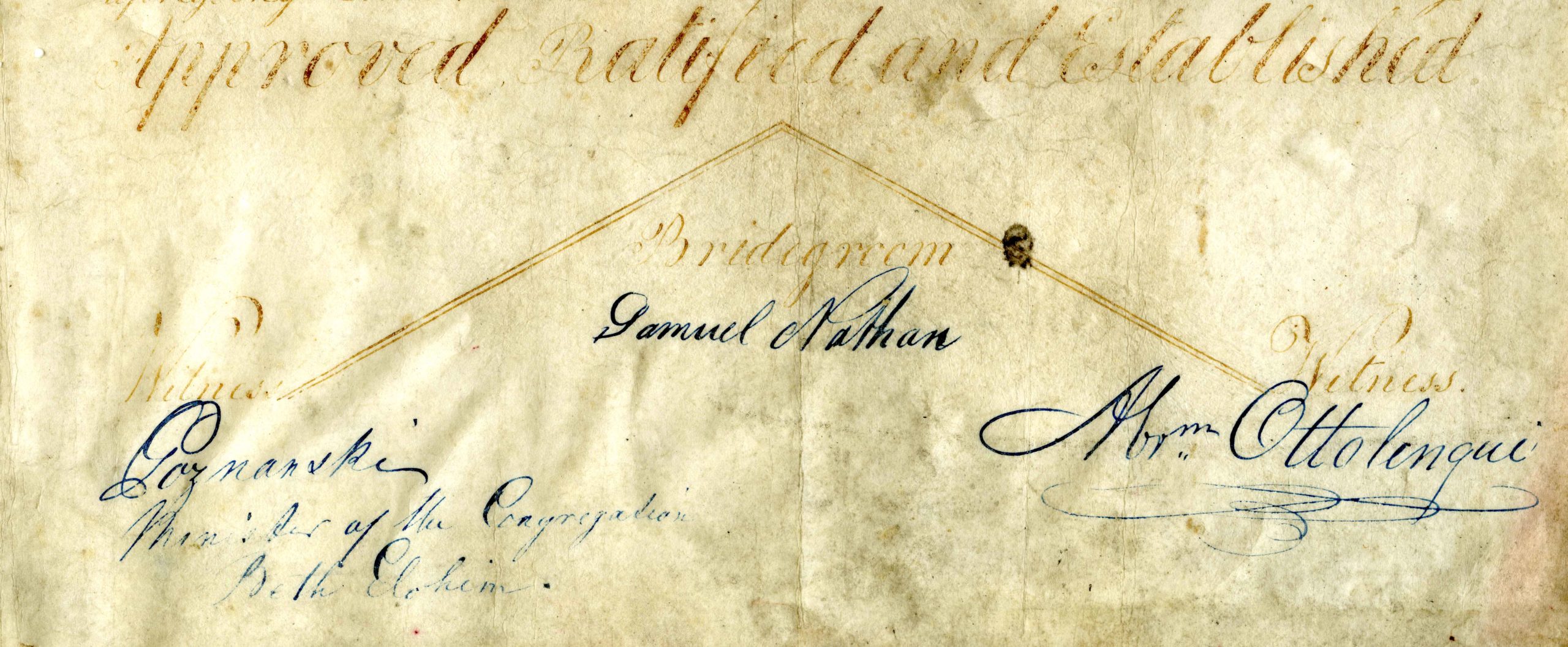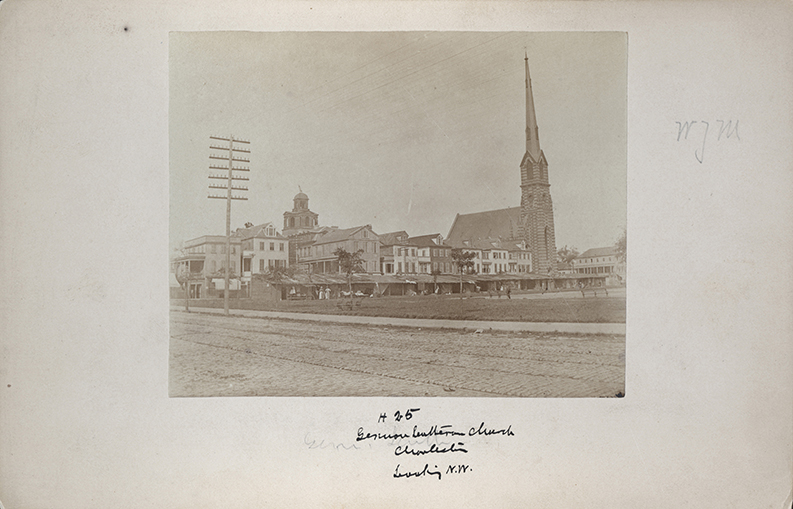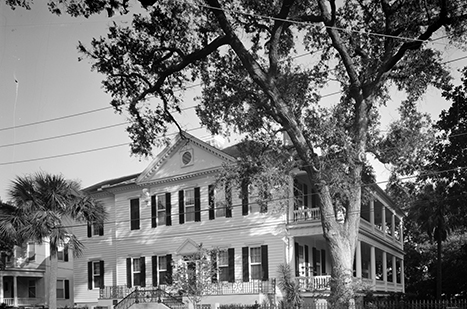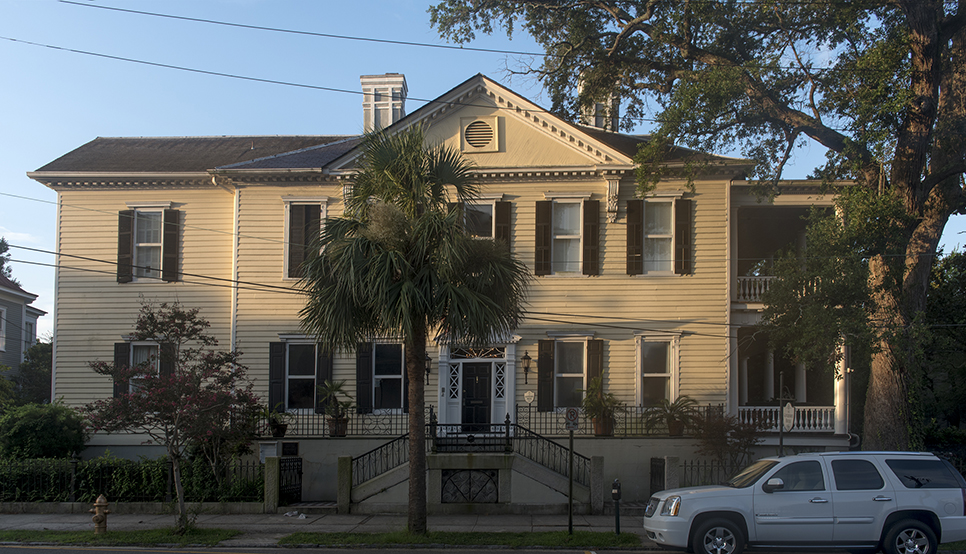Gustavus Poznanski
The first reform hazan in the country
In January 1837, when Gustavus Poznanski (1804–1879) arrived in Charleston to serve as the hazan of Kahal Kadosh Beth Elohim, the congregation arranged for him to live a short distance north of this corner, in the home of Handel Moses Hertz. Poznanski was so well-liked that in 1838, even before his two-year probationary period was up, he was hired as hazan for life. The disastrous fireLate in the evening of Friday, April 27, 1838, a fire began near the corner of Beresford (today’s Fulton) Street and King Street. It was driven by wind from the southwest to East Bay Street and beyond, destroying more than 1,100 structures—dwellings, tenements, boarding houses, stores, workshops, kitchens, stables and sheds, and four houses of worship, including Synagogue Kahal Kadosh Beth Elohim, a fixture of the city skyline since its completion in 1794. Nearly 70 of the 560 homes and businesses that burned were owned or rented by Jews. that destroyed KKBE’s synagogue came soon after. Initially deemed a “rigid Rabbinist,” “a strict conformist, and an orthodox believer,” Poznanski soon proved himself a friend of reform. A talented musician, he threw his support behind the organ faction at a critical moment and, at the dedication of the new synagogue in 1841, famously declared: “This synagogue is our temple, this city our Jerusalem, this happy land our Palestine.”
At the end of 1838, as plans for rebuilding the sanctuary got underway, Poznanski married Esther Barrett (1820–1870). Esther and her brother Solomon, the children of Rachel J. Davega (1801–1865) and Isaac B. Barrett (1791–1834), had been born in a house that stood on this corner, and Poznanski and his young bride lived here in her family home with her mother until 1842, when he and the Barrett family bought the fine house at 117 Broad Street.
See Isaac Leeser’s letter to Poznanski at JewishHistory.com.

Gustavus Poznanski’s signature
“Poznanski Minister of Congregation Beth Elohim” appears on the ketubah (marriage contract ) for Sarah Cohen Peixotto (1826–1904) and Samuel Nathan (1824–1878), March 18, 1846.
Northwest corner of King and Calhoun streets, 1886
Before moving to 117 Broad Street, newlyweds Gustavus Poznanski (1804–1879) and Esther Barrett Poznanski (1820–1870) lived for a time in Esther’s family home at 387 King Street, at the northwest corner of King and Calhoun streets. Courtesy of South Caroliniana Library, University of South Carolina, Columbia, S.C
117 Broad Street, no date
Former home of Kahal Kadosh Beth Elohim’s hazan Gustavus Poznanski (1804–1879) and his wife, Esther Barrett Poznanski (1820–1870). Library of Congress, Prints & Photographs Division, HABS, reproduction number HABS SC,10-CHAR,218--1.